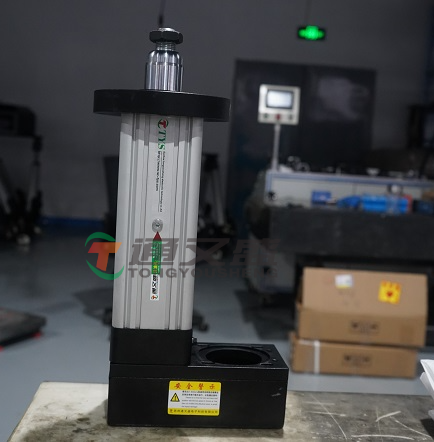In the complex and precision-driven field of shipbuilding, high-thrust telescopic electric cylinders are gradually emerging as one of the key technologies driving the industry's development. With their unique working principles and significant advantages, high-thrust telescopic electric cylinders are deeply integrated into various links of shipbuilding. Their indispensable role can be seen from the key operations in the construction process to the core systems during ship operation.
Application of High-Thrust Telescopic Electric Cylinders in Ship Power Systems
Engine Start/Stop and Speed Regulation:
During the start and stop of a ship's engine, stable control is required to reduce vibration and impact, avoiding damage to the engine and related equipment. High-thrust telescopic electric cylinders can precisely control the throttle opening during engine startup, enabling smooth engine ignition.
During the ship's operation, according to different navigation conditions such as acceleration, deceleration, and cruising, high-thrust telescopic electric cylinders can quickly and accurately adjust the engine's throttle position to achieve precise control of engine speed, ensuring the stability and efficiency of the ship's power output.
For example, on some inland waterway shipping vessels, the engine speed regulation system controlled by high-thrust telescopic electric cylinders has effectively improved the ship's navigation performance in complex waterways and reduced fuel consumption.

Exhaust Gas Recirculation (EGR) System:
To reduce pollutants emitted by ship engines, many modern ships are equipped with exhaust gas recirculation systems.
High-thrust telescopic electric cylinders are used in EGR systems to adjust the opening of the exhaust gas recirculation valve.
By precisely controlling the amount of exhaust gas recirculation, the composition of the mixture in the engine combustion chamber is optimized, thereby improving the combustion process and reducing emissions of pollutants such as nitrogen oxides.
This precise control capability helps ships meet increasingly stringent environmental regulations while improving the fuel economy of the engine.
